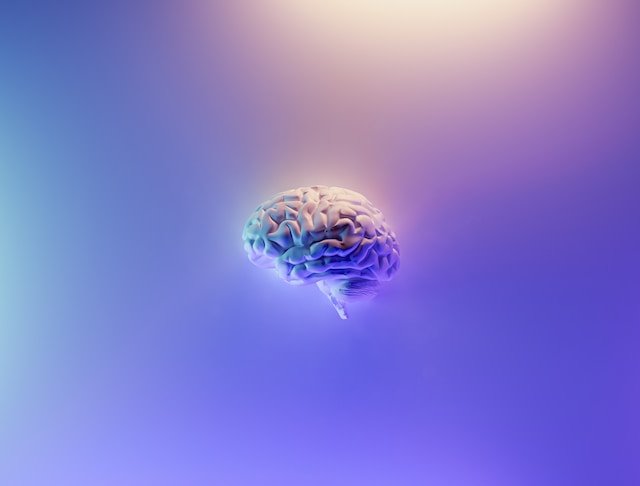While they may look like adults on the exterior, the truth is that their brains have not yet reached that stage by the teen years. These are the years for significant growth. There is a way to go before their brains catch up to those of their adults.
Navigating high school is hard enough on its own. You’re transitioning from leaving your youth and becoming an adult. You’re working to earn good grades, plan your future, and maintain social connections.
When you’re young, all you want to do is become a grown-up so you can do whatever you want. You probably remember thinking that same thought. And you probably also remember someone telling you be careful what you wish for or not to rush it along.
Anxious feelings are a normal, healthy part of life. It shows emotion and that you’re human. Life isn’t always a cakewalk after all.
Living with chronic pain can be exhausting and overwhelming. It’s an unpredictable, silent illness that takes its toll physically and emotionally.
Grief can be difficult. Everyone’s experiences and how they process their grief is different. If someone you know is grieving, it can be hard to watch them go through that process.
Depression symptom presentation can look different in teens than what you might see with adults. It’s also unfortunately complicated to pinpoint for the fact that those years come with such a wide range of developmental milestones and changes.







